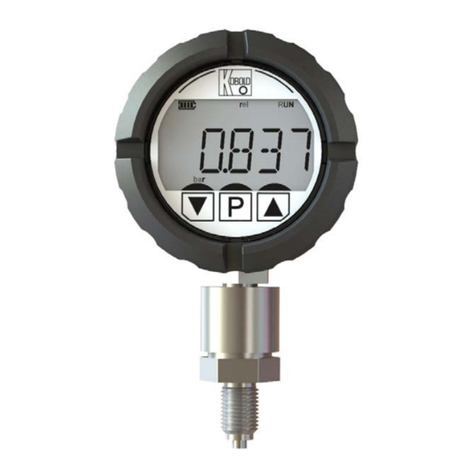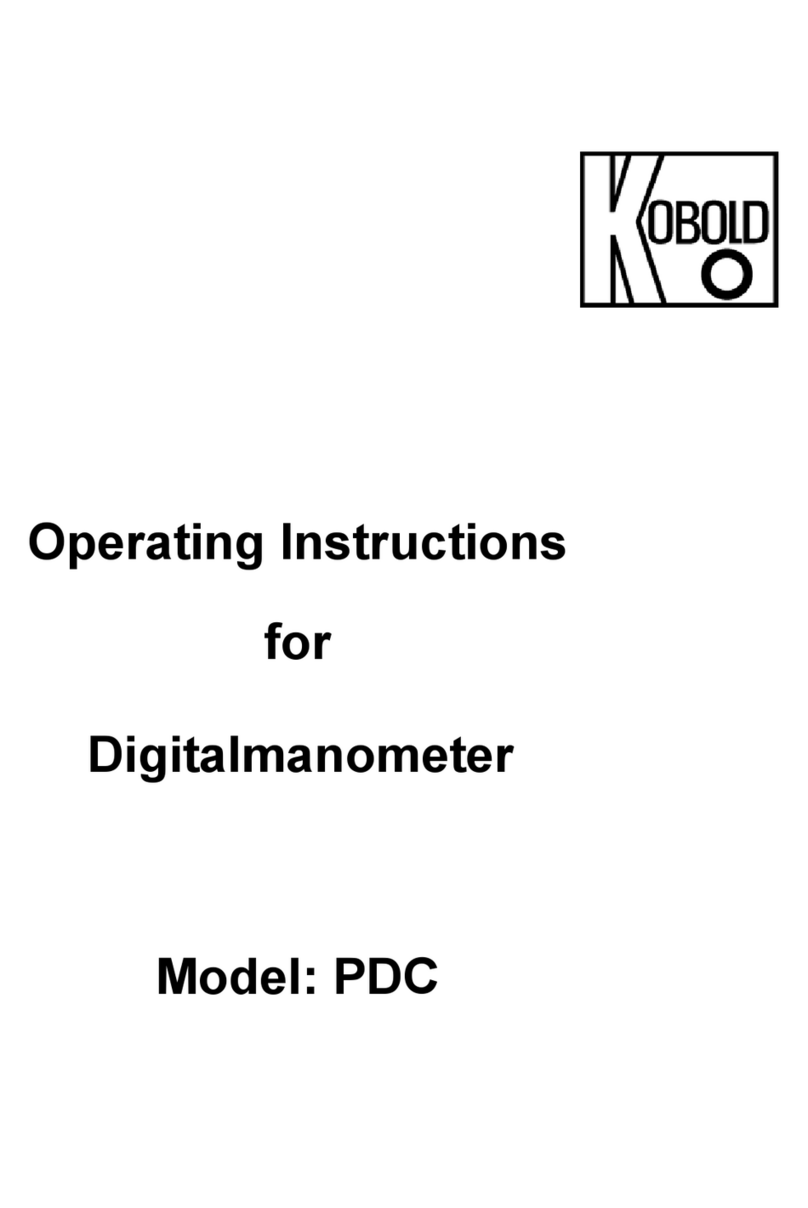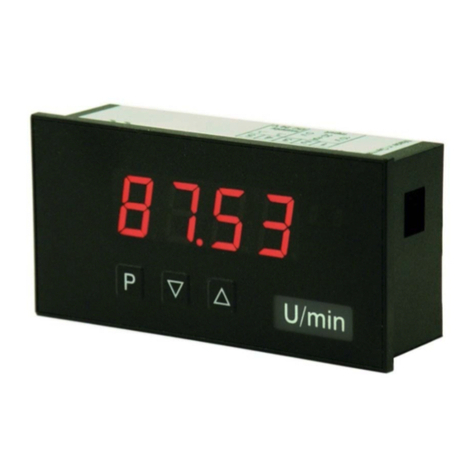Kobold DUC-MF1 User manual
Other Kobold Measuring Instrument manuals

Kobold
Kobold NBK-03 User manual
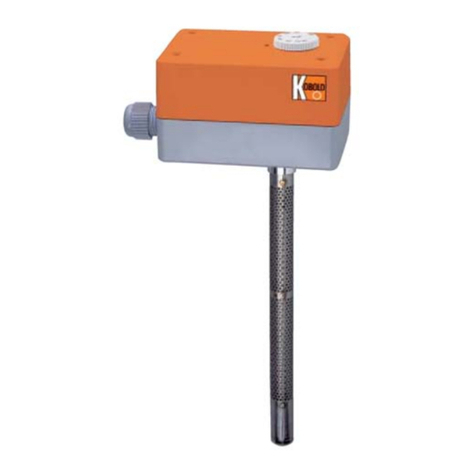
Kobold
Kobold AFS-G1 User manual

Kobold
Kobold HND-F215 User manual
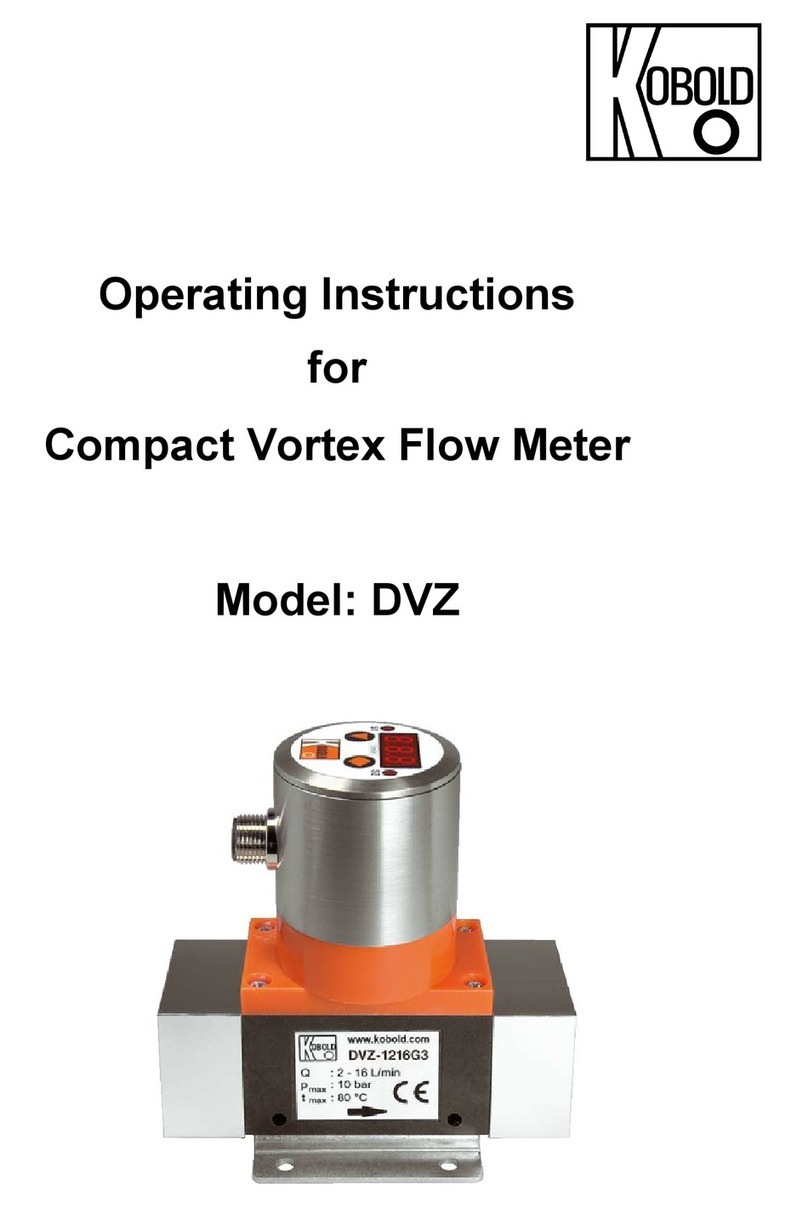
Kobold
Kobold DVZ User manual
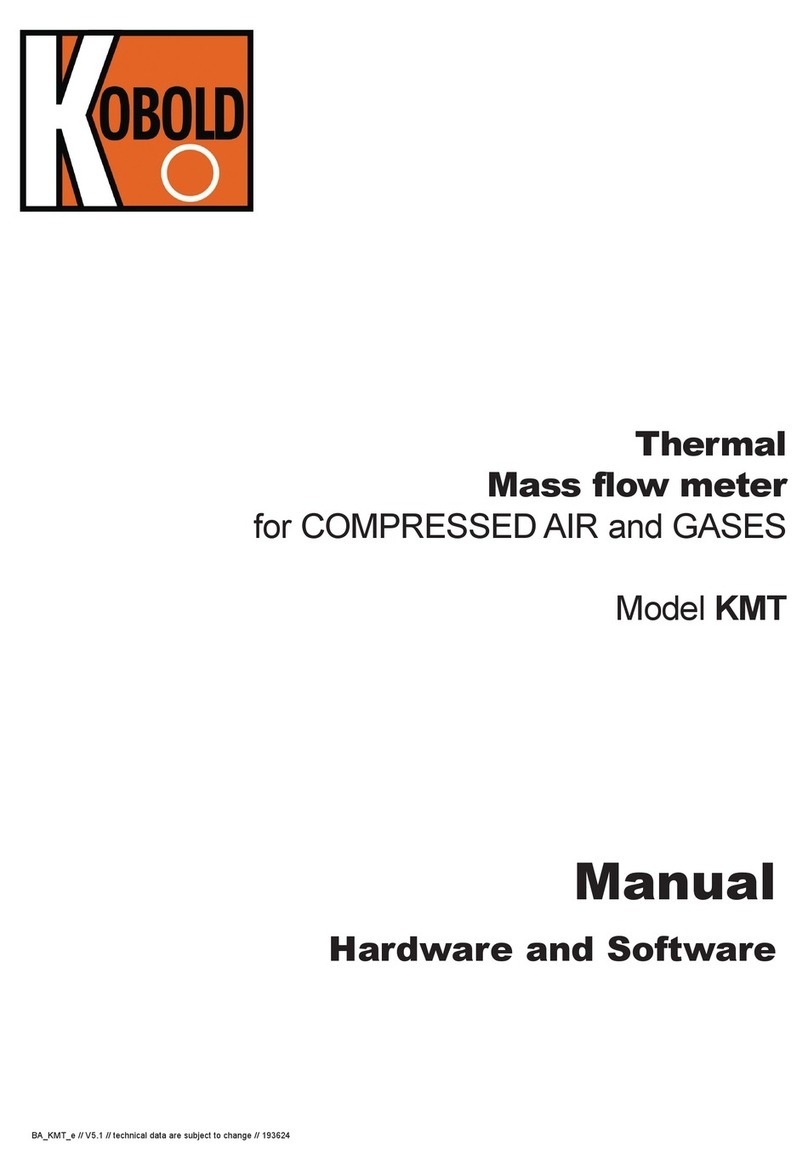
Kobold
Kobold KMT-1 User manual
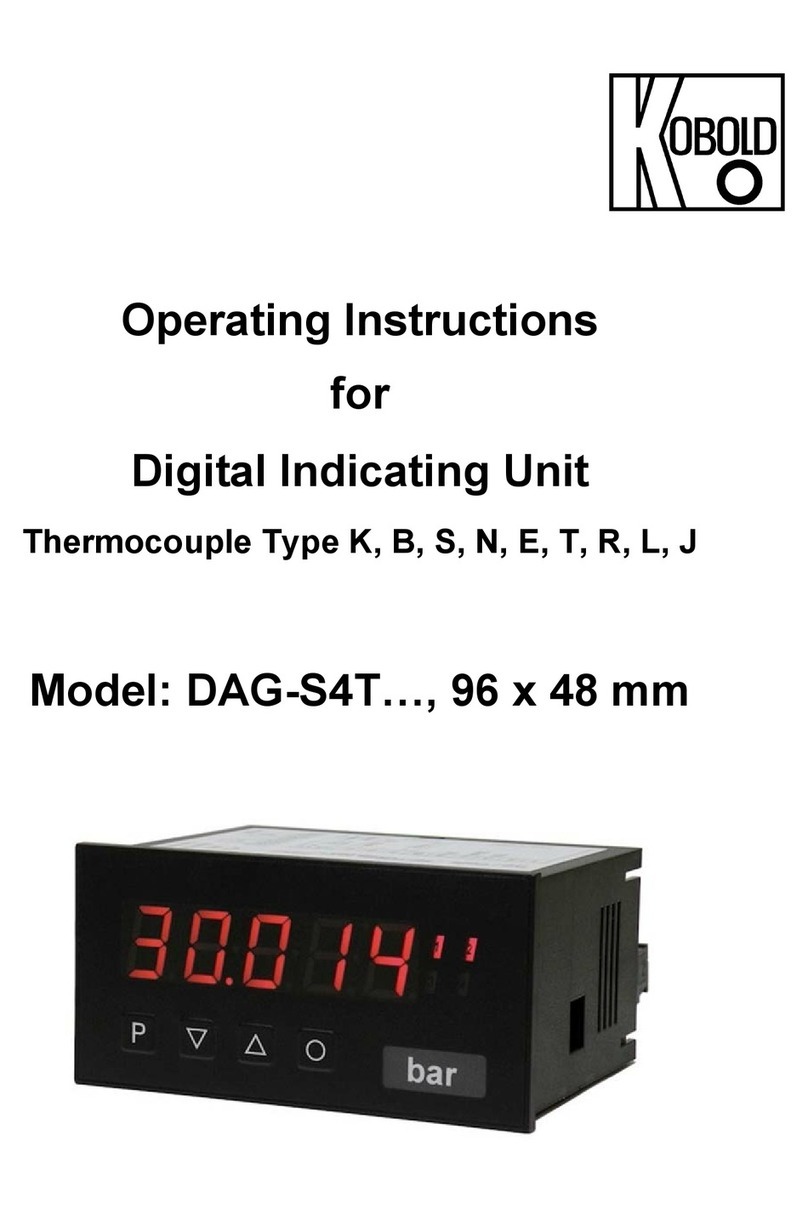
Kobold
Kobold DAG-S4T Series User manual

Kobold
Kobold OPT-Y24896/0001 User manual
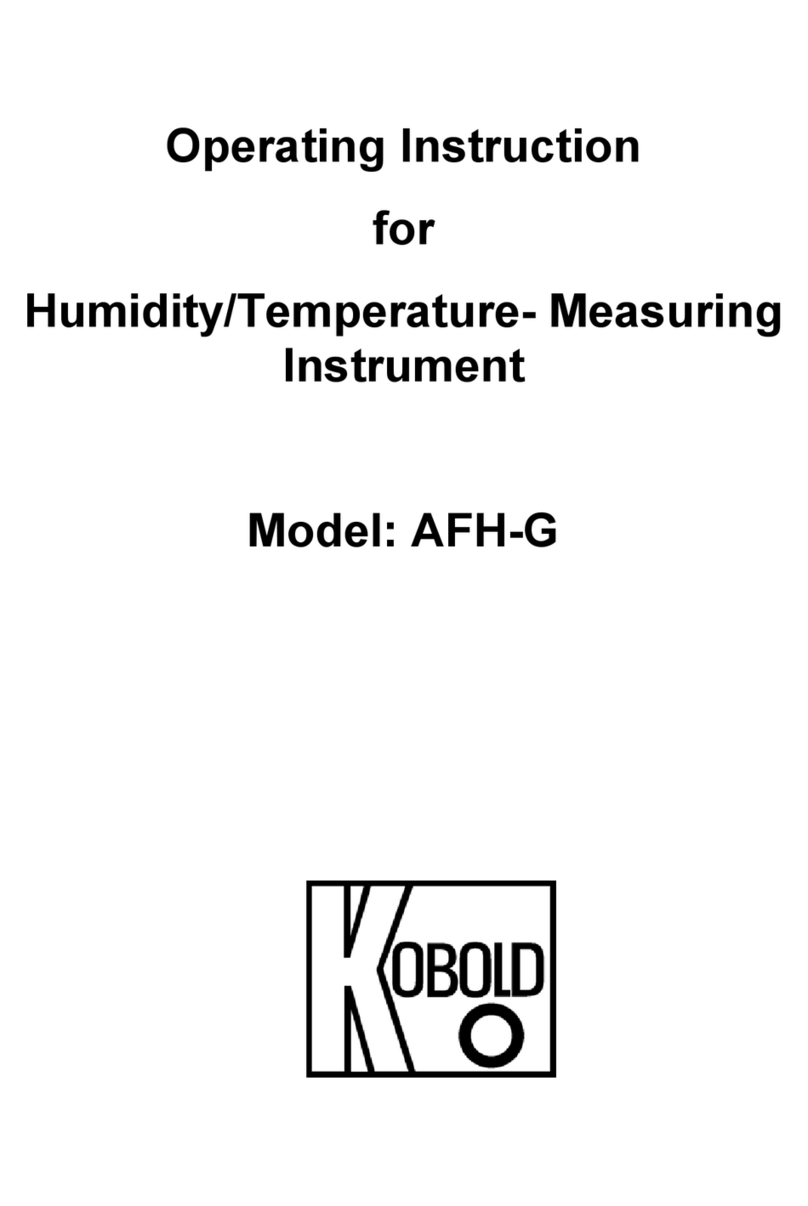
Kobold
Kobold AFH-G User manual
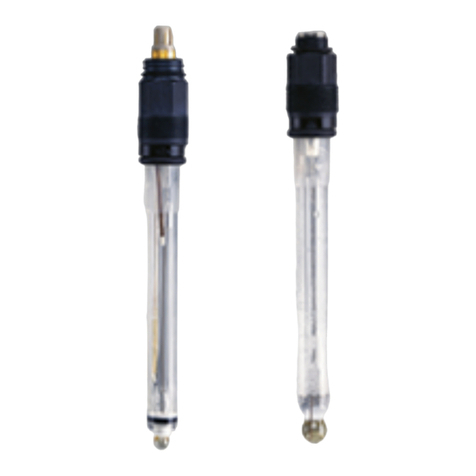
Kobold
Kobold APS-Z User manual
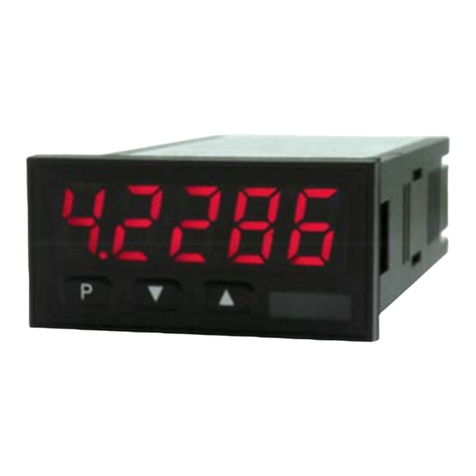
Kobold
Kobold DAG-M1F User manual
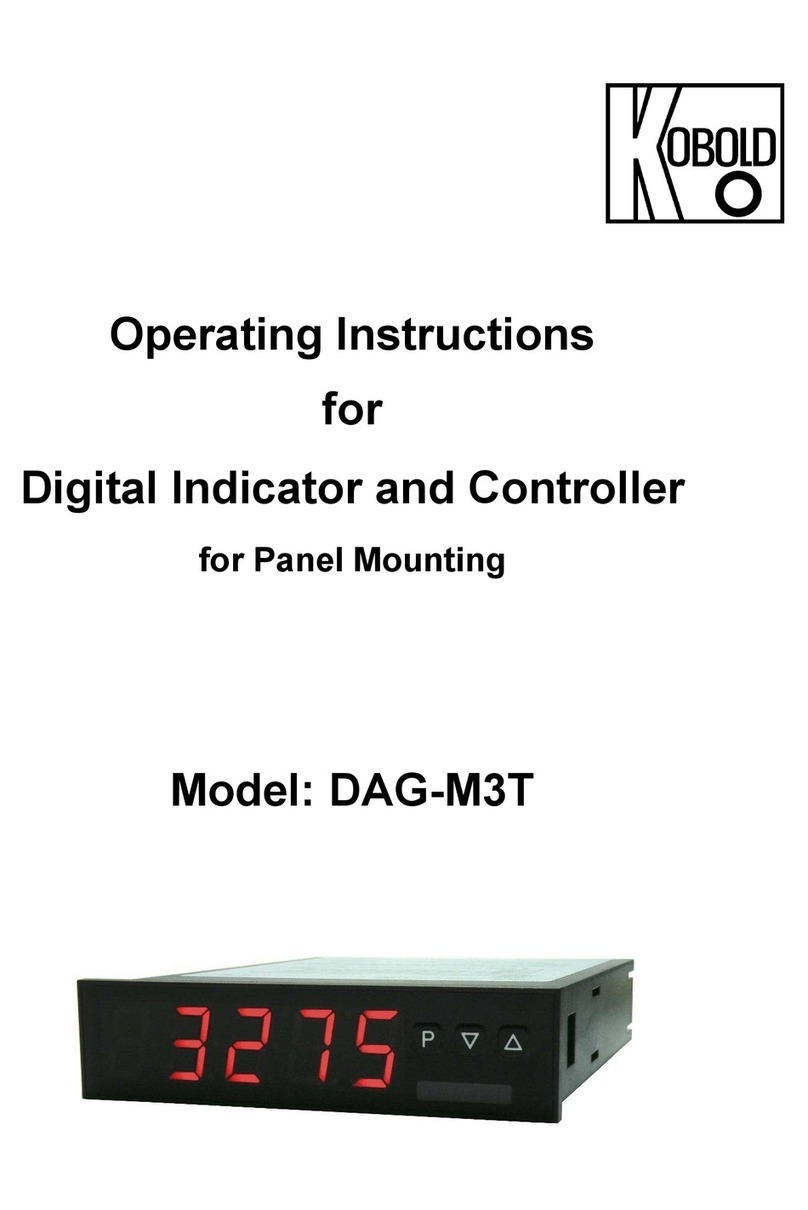
Kobold
Kobold DAG-M3T User manual

Kobold
Kobold VKA-1 User manual

Kobold
Kobold Heinrichs TSK User manual
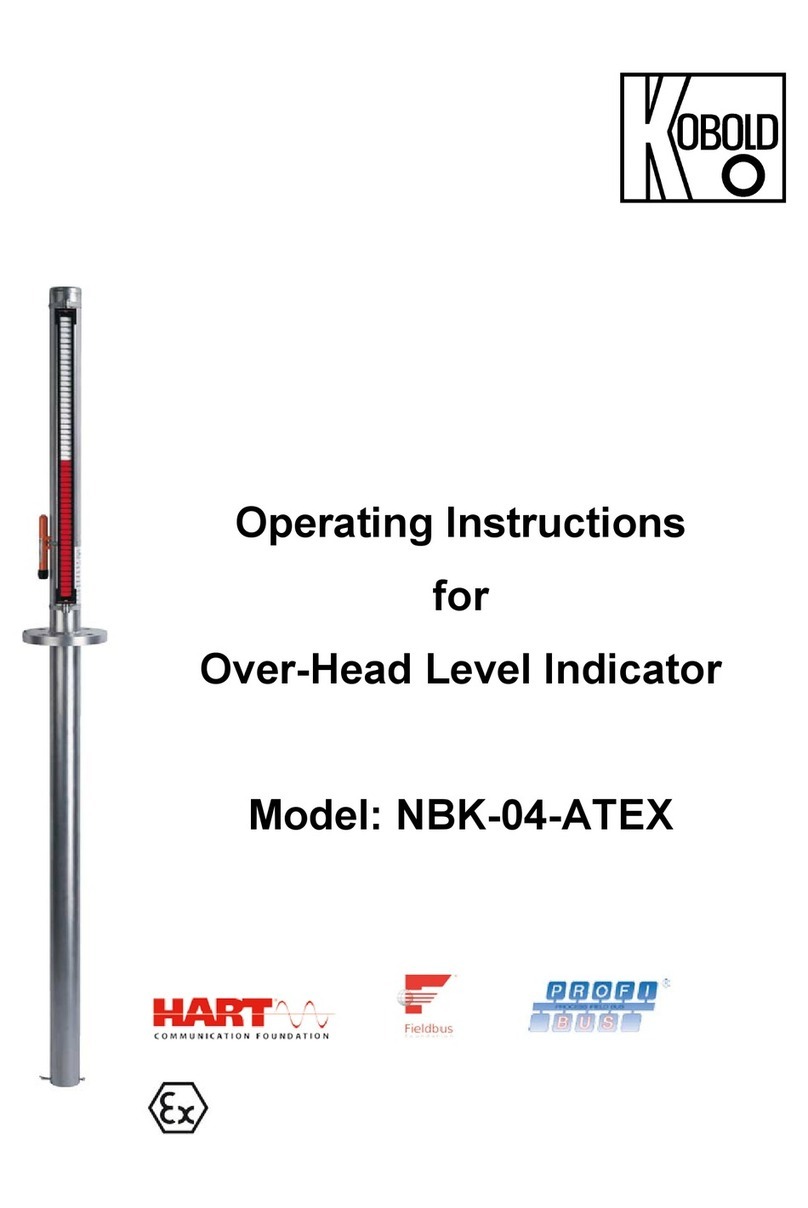
Kobold
Kobold NBK-04-ATEX User manual

Kobold
Kobold Heinrichs V31 User manual
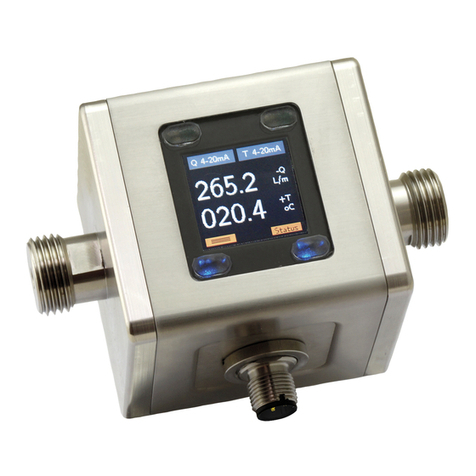
Kobold
Kobold MIM Series User manual

Kobold
Kobold BGN User manual
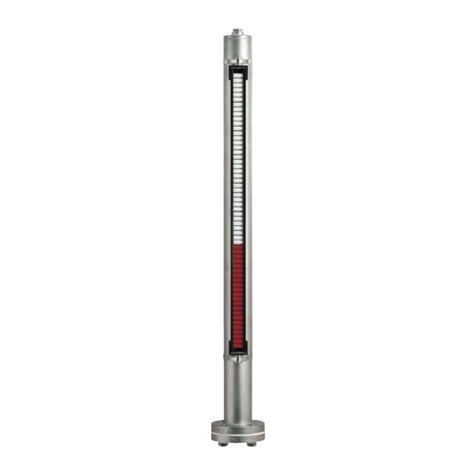
Kobold
Kobold NBK-01 User manual
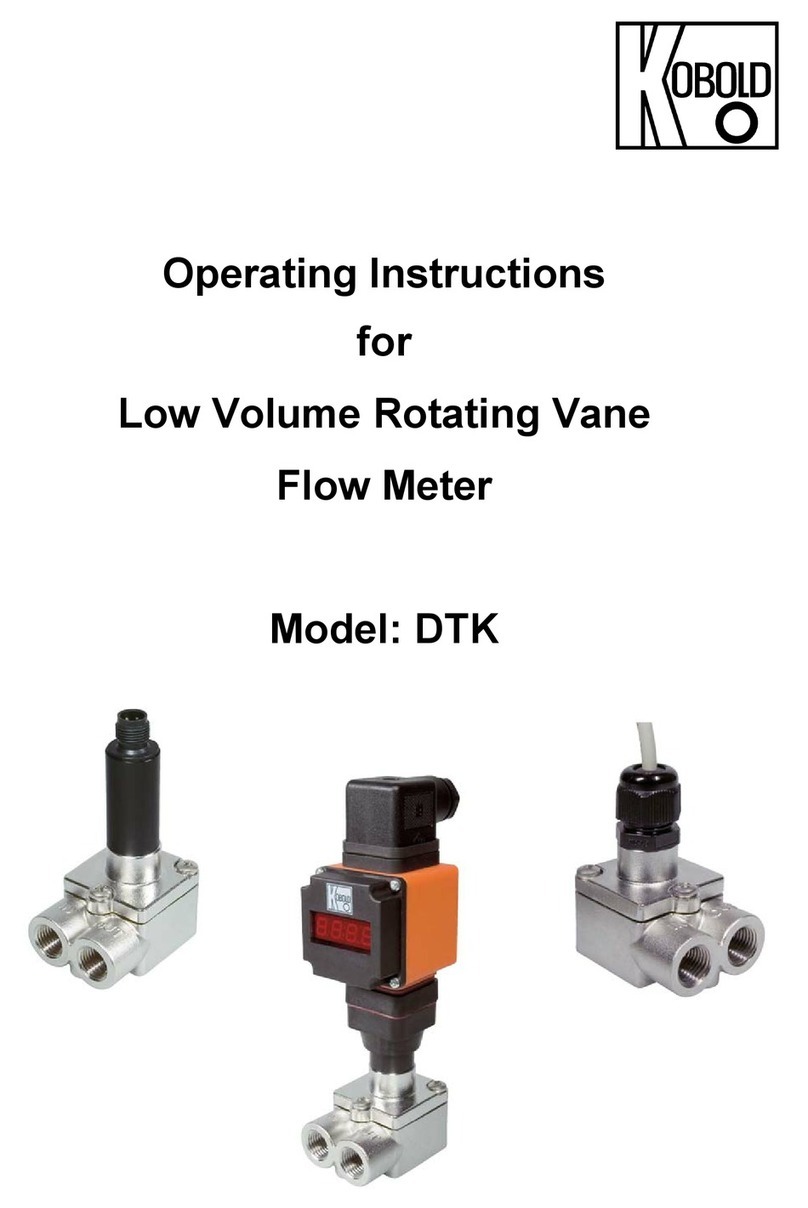
Kobold
Kobold DTK User manual
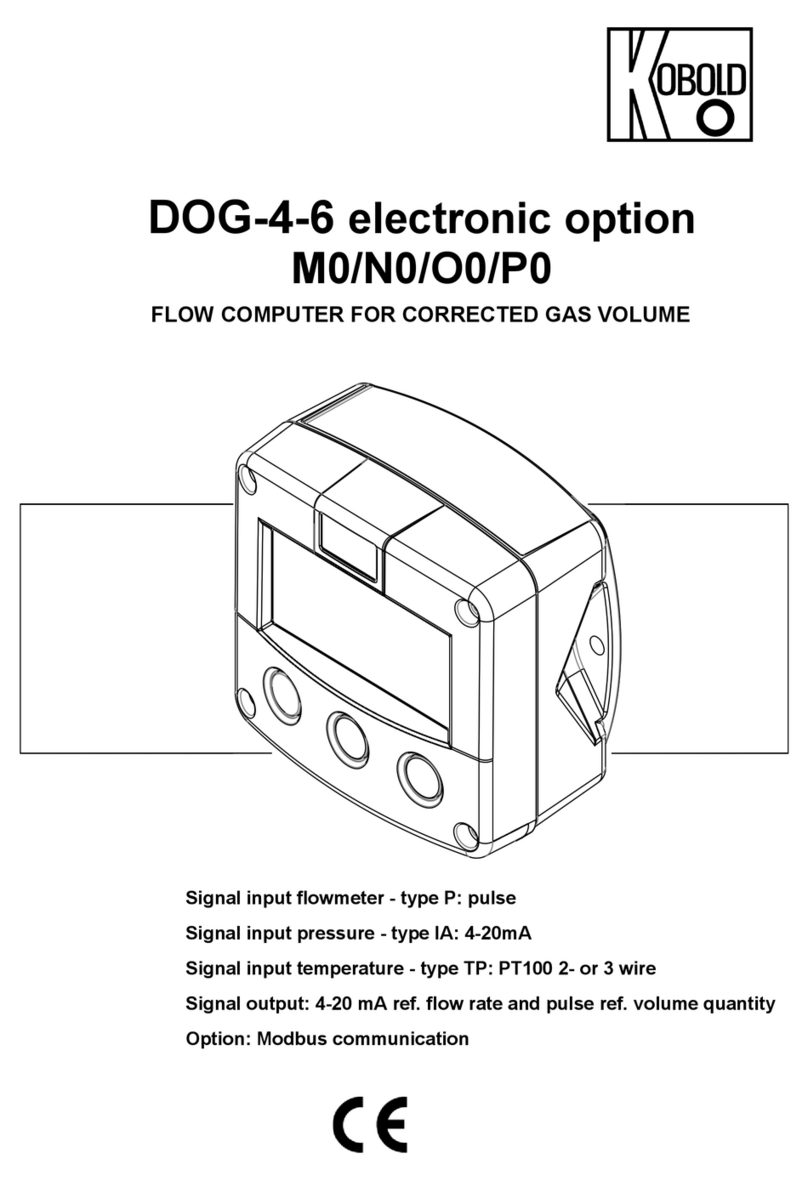
Kobold
Kobold DOG-4 User manual
Popular Measuring Instrument manuals by other brands

Powerfix Profi
Powerfix Profi 278296 Operation and safety notes

Test Equipment Depot
Test Equipment Depot GVT-427B user manual

Fieldpiece
Fieldpiece ACH Operator's manual

FLYSURFER
FLYSURFER VIRON3 user manual

GMW
GMW TG uni 1 operating manual

Downeaster
Downeaster Wind & Weather Medallion Series instruction manual

Hanna Instruments
Hanna Instruments HI96725C instruction manual

Nokeval
Nokeval KMR260 quick guide

HOKUYO AUTOMATIC
HOKUYO AUTOMATIC UBG-05LN instruction manual

Fluke
Fluke 96000 Series Operator's manual

Test Products International
Test Products International SP565 user manual

General Sleep
General Sleep Zmachine Insight+ DT-200 Service manual

